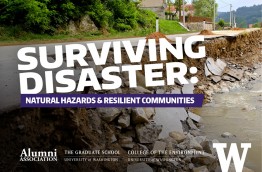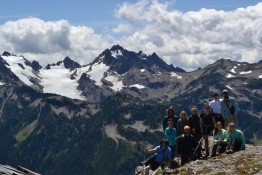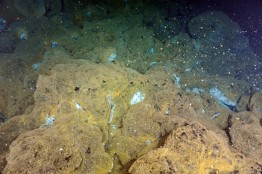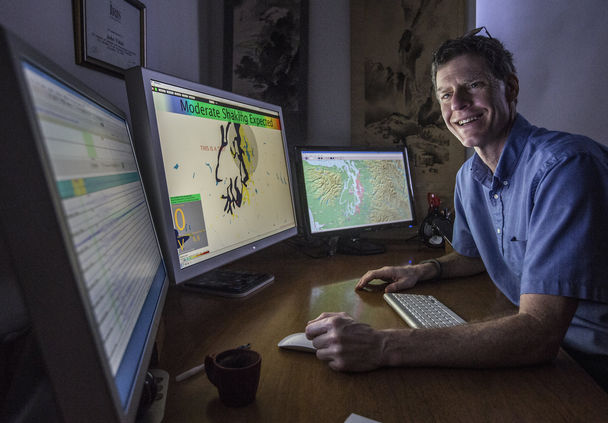The College of the Environment in partnership with The Graduate School and the UW Alumni Association is pleased to present the fall speaker series Surviving Disaster: Natural Hazards & Resilient Communities. Join us for a series of discussions centered around natural disasters — like earthquakes, tsunamis, landslides and hurricanes — and how they can affect the lives and livelihoods of people here in the Pacific Northwest and beyond.
Learn more and register »Exploring wilderness in one of the lower forty-eight’s most untamed landscapes
What is wilderness? As we sit at our computers or scroll through on tablets or smart phones, perhaps we picture the opposite of our current locales—mountainous terrain, soaring evergreens, and a variety of critters that depend on each other to maintain balanced ecosystems. Maybe thoughts of flora and fauna, untamed and unexposed to an otherwise modern, industrialized, human-centric world swirl around.
Read more »UW researchers model tsunami hazards on the Northwest coast
Recent press coverage and conversations on social media have been a good reminder for Pacific Northwesterners that they live in a seismically active region. Stretching from northern California to British Columbia, the Cascadia subduction zone could slip at any time, causing a powerful earthquake and triggering a tsunami that would impact coastal communities. Scientists from multiple disciplines at the University of Washington and other institutions are working to learn more about this natural hazard.
See the full Q&A at UW Today »UW oceanographers explore recently erupted deep-sea volcano
This spring, seafloor seismometers connected to shore by a new Internet cable showed that the 3,600-foot-tall underwater Axial Volcano started shaking April 24, 2015 and shook continuously for several days. University of Washington oceanographers visited the deep-ocean volcano in late July and parts of the seafloor were still warm, giving the team a glimpse into the changes that happened around the the mile-deep volcano 300 miles off the Oregon coast.
Read more at UW Today »Earthquake early warning system funding awarded to UW, West Coast universities
A recent article published by The New Yorker has resulted in widespread talks and panic about the risk of a mega-earthquake off the Pacific Northwest coast. While the seismic hazard is real, the article’s tone may have been overly fatalistic and didn’t highlight earthquake preparedness tools that are now being developed. The U.S. Geological Survey announced today that $5 million will go to the University of Washington and three other institutions to help transition the ShakeAlert earthquake early warning system to a public-facing tool.
Read more at UW Today »





